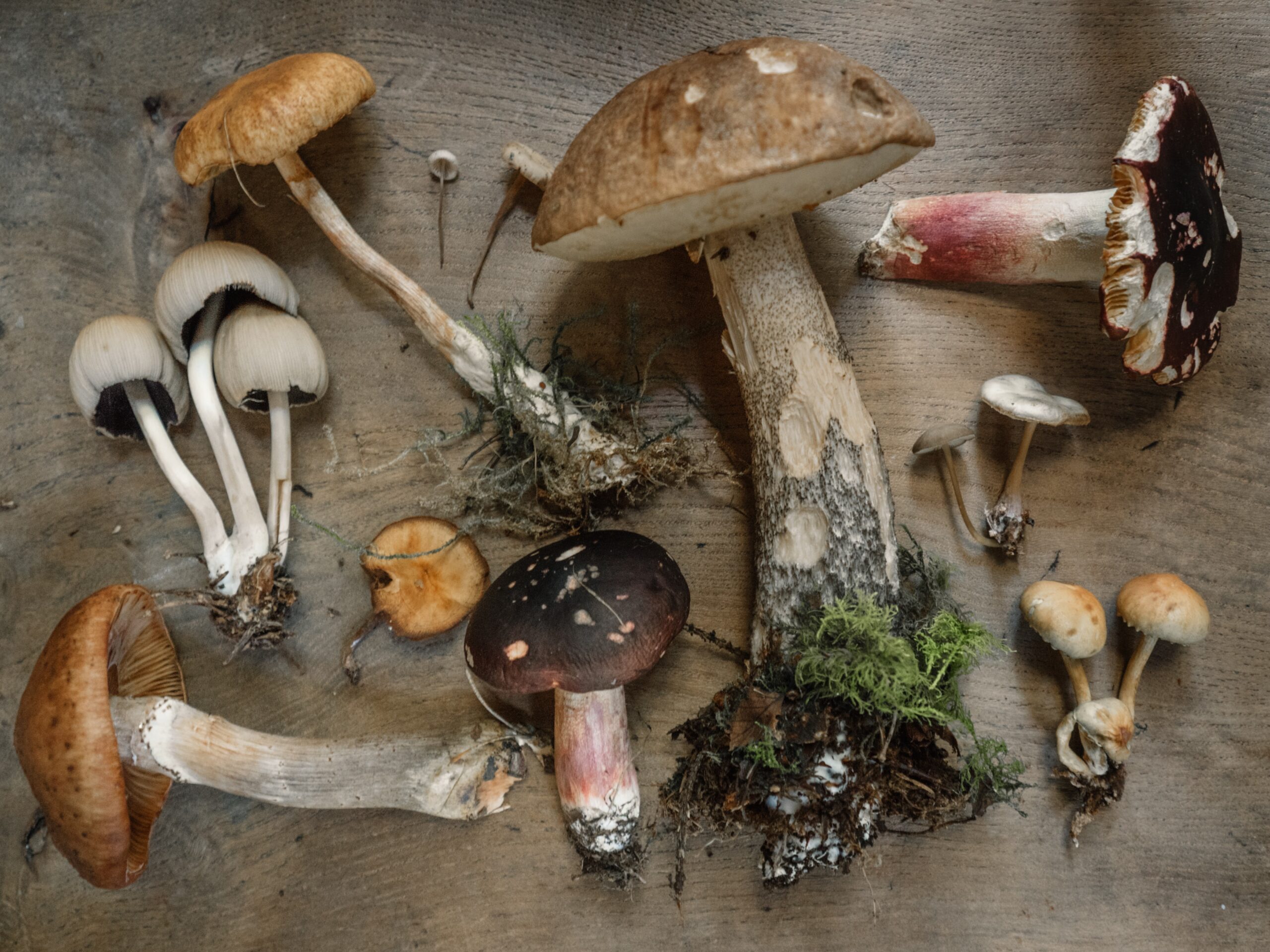Fungi surround a vast range of physical forms and attributes, living in any environments and in extremes of hot, cold, or even in the deep sea. And of course, fungi cause human illnesses in three different ways: poisonings, parasitic infections, and allergic reactions.
Poisoning
Some fungi produce toxic chemicals to protect themselves from parasites and predators. If people eat those, they may experience digestive problems, hallucinations, organ failure, and even death.
Parasitic infections
There are some fungi that live naturally in the human body. Like many microbes, there are helpful fungi and harmful fungi. Fungal infections occur when it is too much for the immune system to handle.
The Fungi overgrowth can cause symptoms. As a common example, Candida is a yeast that can be found on the skin or mucous membranes or maybe in the intestinal tract. The infection, candidiasis can develops in the mouth, throat or in the vagina. For people with certain risk factors, overgrowth of these fungi can cause invasive candidiasis, a serious infection that can affect the blood, heart, brain, eyes, bones, as wll as other parts of the body.
Allergic reactions
Mold allergies are very common. When the airborne mold spores enter the respiratory tract, then the immune system responds to them as they were harmful microbes. The common allergy symptoms may include sneezing, coughing, and difficulty breathing. The symptoms are likely to be more severe in people with asthma or other respiratory diseases. Long-term exposure to mold spores may cause weaken of the immune system.
Fungal based diseases
Fungi cause eye infections, many of which result in blindness. The most recent finding, that alterations in the fungal components of the gut can affect the severity of gastric ulcers, food allergies, and even alcoholic liver disease. There are also a few pieces of evidence that link fungi to neurological disorders such as Alzheimer’s disease.
Mold in buildings
Usually, in small amounts, mold spores are harmless, but when they land on a damp spot somewhere in the house, they can start to grow. When mold is growing on a surface, spores can be released into the air where they can be easily inhaled. If people at the house are sensitive to mold and inhale a large number of spores, they could experience health problems.
Presence of fungi in buildings often associated with allergic reactions. Allergy to fungi may be manifested by: bronchial asthma, rhinitis, conjunctivitis, urticaria, or atopic dermatitis.
It’s impossible to get rid of all mold and mold spores in a building, but because mold spores can’t grow without moisture, reducing inside moisture is the best way to prevent or eliminate mold growth. If there is already mold growing, it’s important to clean up the mold and fix the problem causing dampness. Only clean up the mold but don’t fix the problem, the mold will mostly return.
